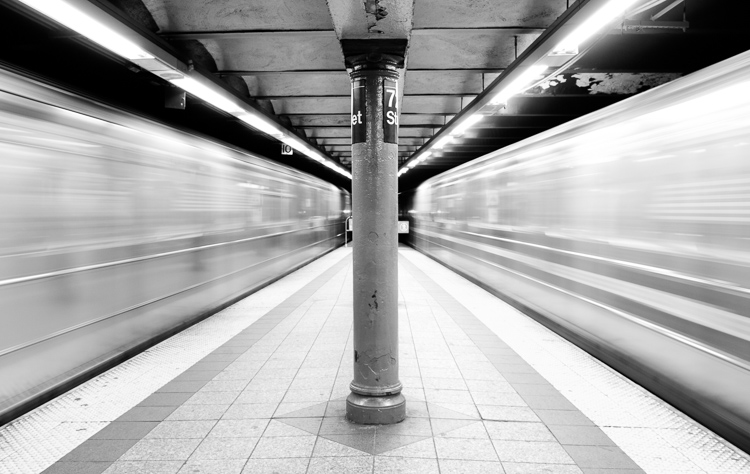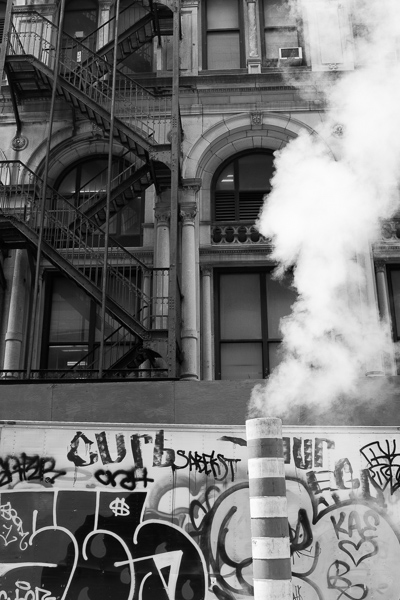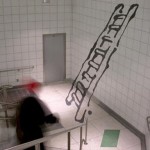 |
Can video games help teach you photography skills? Texas-based photographer Mir-or-Image believes they can. In his ongoing video series, ‘Photo Mode Perspective,’ Mir plays popular video games and uses their built-in photo modes to help viewers learn the basics of photography, including principles of composition, how shutter speed and aperture impact the look and feel of an image, and more. Mir loves video games and photography. With his educational video series, he combines these two passions in a distinct and educational way.
Photo modes in video games have become increasingly more sophisticated. For example, in the PlayStation 4 game ‘God of War,’ the included photo mode includes sliders for the field of view and focal length, which are, of course, interconnected. As you increase the field of view, the focal length decreases. This is something that experienced photographers take for granted, but for beginners, understanding how focal length changes perspective in a scene is important.
Likewise, for seasoned shooters, you understand how aperture changes the depth of field, all else equal. Still, the photo mode in ‘God of War’ and other games offers a helpful visual representation of how the plane of focus changes with aperture. Put in simple terms, ‘Here’s something to note with f-stop, the smaller the number, the blurrier the background gets,’ Mir says in the video below. Using ‘God of War,’ Mir also discusses ways to crop images and edit brightness, contrast and colors, and more.
Another PlayStation game with a very capable built-in photo mode is 2020’s ‘Ghost of Tsushima.’ The game, developed by Sucker Punch Productions, is set on Japan’s Tsushima island during the first Mongol invasion of Japan. Some creative liberties are taken in the game for narrative and gameplay purposes, but it nonetheless provides a stunning backdrop for taking in-game photos.
Like ‘God of War,’ ‘Ghost of Tsushima’ includes focal length and aperture sliders for your virtual lens. If you want to shoot a portrait of the main character, Jin, you can use a virtual 85mm f/1.8 lens, for example. You can even direct your subject, in a sense, by changing the character’s pose and facial expression. To add creative flair, you can adjust exposure compensation (bias), add particle effects, change the lighting, color grade your image and more. Also, as a warning, ‘Ghost of Tsushima’ is a violent video game and there is some virtual blood in the video below.
Over at Mir’s YouTube channel you can also see his ‘Photo Mode Perspective’ videos for two more video games, ‘Cyberpunk 2077’ and ‘Spider-Man: Miles Morales.’ To view Mir’s real-world photography, follow him on Instagram and visit his website. The photography bug bit Mir during a trip to Europe in 2018. He enjoyed using his smartphone in manual mode, and when he returned home to Texas, he went out and bought an interchangeable lens camera. He is now a professional car photographer based in Houston.
 |
| I captured this image in ‘Forza Horizon 4’ on Xbox. It’s exceedingly unlikely that I’ll ever have the chance to photograph a 1962 Ferrari 250 GTO in the Scottish highlands in real life, so it’s neat that I get to photography rare cars in different locations in a racing video game. |
Videogames can do more than help aspiring photographers learn more about how camera and lens settings impact the photos they capture. For example, professional automotive photographer Sam Dobbins used Forza Motorsport on Xbox to plan out a real-world photoshoot. Others, such as Instagram user jk_fh4_pics has an entire account dedicated to photography from the game ‘Forza Horizon 4.’ In some cases, game developers even hold photography contests using their games, which is something that Playground Games does with Forza Horizon and Rockstar Games does with Red Dead Redemption 2.
If you’re like Mir and love both video games and photography, you may be able to combine your interests like him. ‘New Pokémon Snap’ arrives on Nintendo Switch later this month, and the entire purpose of that game is to capture photos of Pokémon in their virtual habitats.
The upcoming Switch title will allow Pokémon shutterbugs to edit and share their images online with other gamers. A similar game is a PlayStation 3 title from 2008, ‘Afrika,’ in which the player assumes the role of a photojournalist hired to take photos on an African safari. It’s a difficult game to find these days, but I remember importing a copy from Japan when I became interested in photography in high school. It wasn’t an amazing game, but it was a lot of fun to take wildlife photographs of animals I’ve never seen in real life.
Articles: Digital Photography Review (dpreview.com)




























































You must be logged in to post a comment.